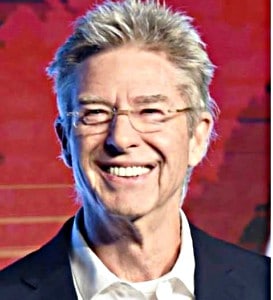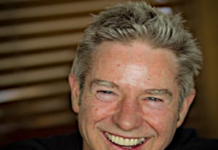
(By Randy Lane) I was a new PD at Q101 in Chicago in the early ‘80s when I noticed a strange phenomenon. At 3 p.m. all of the radios in the offices switched over to (competitor) WLS-FM to hear Steve and Garry. What was going on with Steve Dahl and Garry Meir to attract so much attention?
After listening closely, two lightning-bolt insights hit me that forever changed my radio viewpoint. One: unlike the hyper DJs of the day, these guys were having authentic conversations and sharing real-life experiences; and two, this was going on during afternoon drive and they were only playing 4-5 songs per hour on a Top 40 FM with big ratings. What?
Ryan Seacrest made an impact locally in Los Angeles in the late ‘90s in afternoon drive. He and Lisa Foxx teamed up to produce stellar ratings at Star 98.7, connecting with listeners stuck in LA’s massive traffic.
Today there is a burgeoning trend in radio for personality-driven afternoon drive shows. Afternoon shows are boosting ratings in Rock, AC, Country, Top 40, and Urban. Out-of-home radio listening does not peak in mornings; it peaks at 76% in afternoon drive, according to Nielsen.
The vast majority of radio listening today occurs in autos and the workplace. Overall usage is higher in afternoons than in mornings in several markets. The combination of automobile and at-work listening is powerful, particularly in big markets with heavy afternoon traffic.
It’s happening at major companies and major markets, including:
• Cumulus: WDVD Detroit — Robby & Rochelle, WNNX Atlanta — Kage Kult Show, WNBM New York — D.L. Hughley
• Saga: WHQG Milwaukee — Joe & Borna
• Entercom: KISW Seattle — The Men’s Room, KALC Denver — Slacker & Steve
• iHeart: WKTU New York — Hollywood Hamilton
• Hubbard: WIL St. Louis — Mason & Remy
• Riviera: KKFR Phoenix — Tino Cochino
There are many more.
Radio’s edge and power in the competitive landscape is its intimacy and the ability to connect with people emotionally. Captivating talent forms a relationship with listeners that creates P1 fans and loyalty that music services cannot.
The decision to add a personality benchmark in afternoons is, of course, predicated on your station’s marketing life cycle and competitive situation. Like mornings, when there are two stations with the same music format, the one with an entertaining show wins.
Is there an opportunity in your market to strengthen your brand with a personality afternoon-drive benchmark? Jump on it before your competitor does.






“…when there are two stations with the same music format, the one with an entertaining show wins.”
That statement is important in the ownership limits discussion. Concentration of ownership by one conglomerate in a market tends to create boring and no local focused radio.
Really? Being entertaining has nothing to do with localism. Remember that for its first 20 years, radio was all national, emanating from the networks in NYC, and they still refer to it as the golden age of radio.
Also if you read Randy’s article he lists a bunch of local afternoon shows. Each one of them is on a station owned by a major group.
While he makes a good point about afternoon drive, let’s not forget the formerly-syndicated Don and Mike show of the 90’s and 00’s. What started out at WJFK-FM in DC and went national 2 yeras later, the show, as Don Geronimo once pointed out, was a boom to the station financially, as the station was able to charge more for an ad on D&M ($3000 per unit) than for Howard Stern ($2000) or even G. Gordon Liddy middays ($1500). Those numbers were once announced on-air by Don back around 1993.